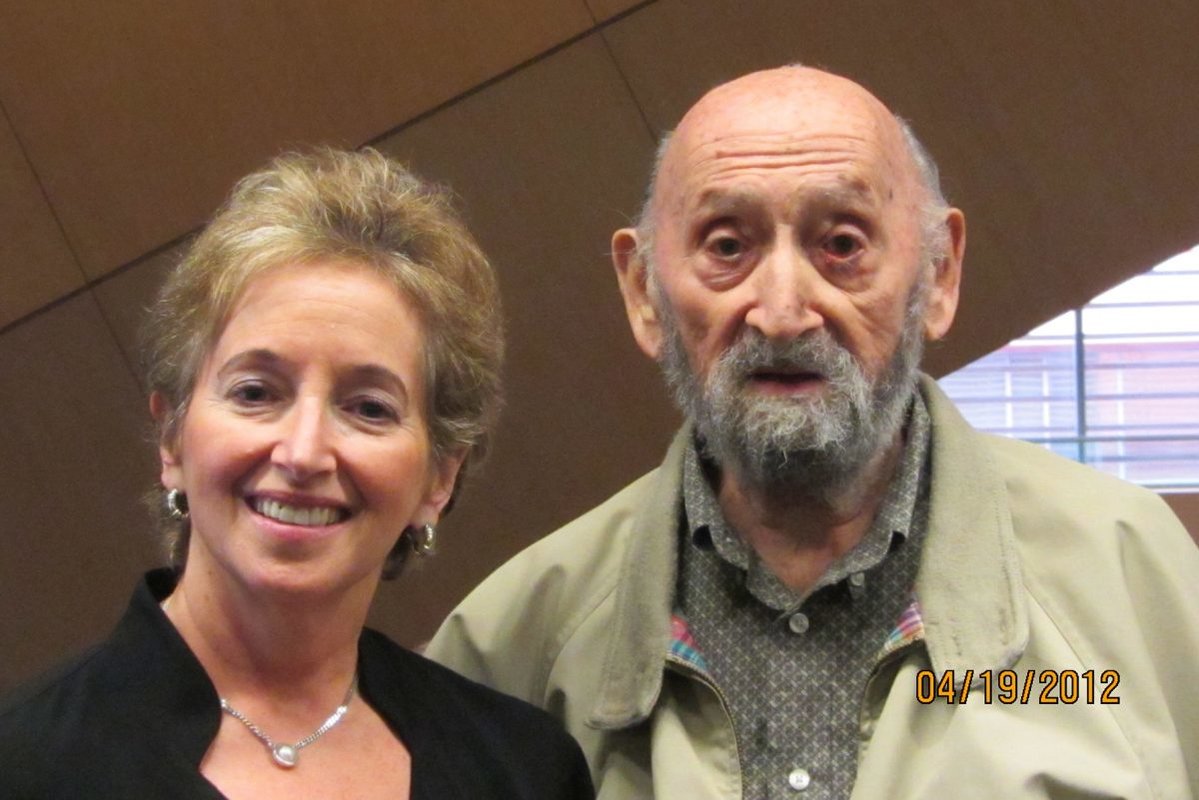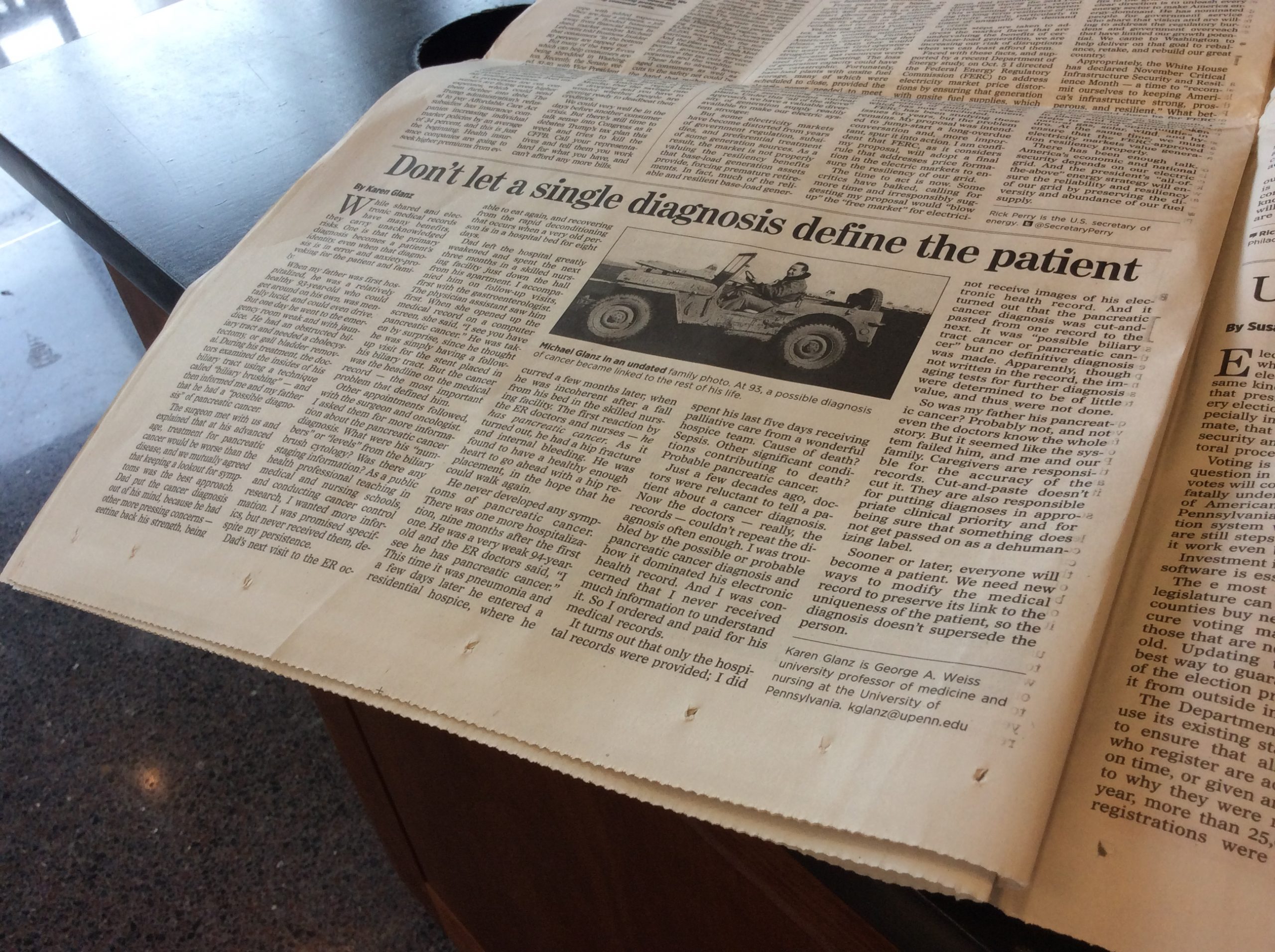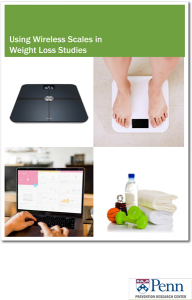Mar 23, 2018
Indoor tanning is a risk factor for skin cancer, particularly among young, white women. Our researchers found that persuasive health messages that encourage young women to quit indoor tanning should focus on their beliefs that it helps their appearance and mood, rather than the health risks.
20% of our nation’s young, white women indoor tan, knowing the risk of skin cancer. In November and December of 2015, a national online survey was conducted with 279 non-Hispanic white women, ages 18-25 in the United States, who indoor tan.
This survey investigated the young women’s beliefs and attitudes as well as social influences that kept them from quitting.
“Young women were most concerned about skin damage and that quitting tanning might affect their mood,” says Amy Bleakley PhD, MPH, lead author of the study. “It was interesting that quitting tanning to prevent skin cancer did not motivate their intention to quit. Health messages that focus on appearance and mood instead of skin cancer may be more effective in encouraging young women to quit indoor tanning.”
Researchers suggest that health messages from doctors, parents and other loved ones aimed at discouraging indoor tanning should highlight the belief that quitting indoor tanning will reduce skin damage. In addition, messages should counter the belief that quitting will make them less happy. Finally, messages should highlight key people who would approve of them quitting indoor tanning.
Read the article here.
Amy Bleakley, Amy Jordan, Morgan E Ellithorpe, DeAnn Lazovich, Sara Grossman, Karen Glanz
Published: March 15, 2018
Jun 5, 2017
 Doug Wiebe, PhD is the 2017 winner of the Rothman Epidemiology Prize. Selected by the Editors and Editorial Board of Epidemiology, Wiebe received an award of $5000 which is funded from a private endowment and given annually for the best paper published in the journal in the preceding year. The selection criteria are importance, originality, clarity of thought, and excellence in writing. Dr. Wiebe’s winning paper, titled “Mapping Activity Patterns to Quantify Risk of Violent Assault in Urban Environments,” appeared in the journal’s January 2016 issue. The paper used a temporal and spatial scale relevant to the dynamics of violent assault, and showed that gunshot assault risks included being alone, acquiring a gun, and entering areas with more vacancy, violence, and vandalism.
Doug Wiebe, PhD is the 2017 winner of the Rothman Epidemiology Prize. Selected by the Editors and Editorial Board of Epidemiology, Wiebe received an award of $5000 which is funded from a private endowment and given annually for the best paper published in the journal in the preceding year. The selection criteria are importance, originality, clarity of thought, and excellence in writing. Dr. Wiebe’s winning paper, titled “Mapping Activity Patterns to Quantify Risk of Violent Assault in Urban Environments,” appeared in the journal’s January 2016 issue. The paper used a temporal and spatial scale relevant to the dynamics of violent assault, and showed that gunshot assault risks included being alone, acquiring a gun, and entering areas with more vacancy, violence, and vandalism.
Dr. Wiebe is an Associate Professor of Epidemiology at the University of Pennsylvania Perelman School of Medicine and a Senior Fellow at the Center for Injury Research and Prevention.
May 16, 2017

In
Forbes, PRC Researcher
Jason Karlawish, MD, challenges the social stigmatizing of Alzheimer’s in an article titled “Alzheimer’s Disease Patients Aren’t Zombies; They’re People And We Need To Treat Them Like People.” Karlawish said, ” The inspiration came from a class I taught this semester on the public health challenges of Alzheimer’s disease. The students and I discussed the stories of Alice Munro and how they pull the reader in and out of different realities. The lives of the patient and the caregiver aren’t a juxtaposition of the unreal versus the real. They
both live in the surreal. The challenge of living with Alzheimer’s disease, whether as patient or caregiver, is to negotiate this “surreality.”
May 9, 2017
 In The New York Times The Upshot, Massachusetts General Hospital and Harvard Medical School resident physician, Dhruv Khullar, M.D., M.P.P., looks at how the field of behavioral economics contributes to improving provider performance and patient engagement in health care decisions and, in particular, the research of PRC Director Kevin Volpp, MD, PhD.
In The New York Times The Upshot, Massachusetts General Hospital and Harvard Medical School resident physician, Dhruv Khullar, M.D., M.P.P., looks at how the field of behavioral economics contributes to improving provider performance and patient engagement in health care decisions and, in particular, the research of PRC Director Kevin Volpp, MD, PhD.
“A leader of this movement is Dr. Kevin Volpp, a physician at the University of Pennsylvania and founding director of the Center for Health Incentives and Behavioral Economics. He designs randomized trials around some of health care’s most important challenges: nudging doctors to provide evidence-based care; ensuring patients take their medications; and helping consumers choose better health plans.”
Apr 5, 2017
In the April 3 issue of JAMA, UPenn PRC Director Kevin Volpp, MD, PhD, and Jonathan S. Skinner, PhD, the Dartmouth Institute for Health Policy and Clinical Practice, discuss how research about behavioral economics in health care is useful when considering the challenges of replacing the Affordable Care Act.
Noting that “incentives to encourage healthy individuals to sign up for health insurance can be described as either carrots or sticks”, Volpp and Skinner observe that “the first principle from behavioral economics research is that carrots do not work nearly as well as sticks.” Research suggests that individuals tend to favor immediate gratification over long-term consequences, which is why young adults historically are less inclined to enroll in insurance plans and why many people are frustrated paying premiums for coverage they may never use. Volpp and Skinner note “health insurance is an 80-20 proposition; 20% of enrollees account for 80% of costs. If the least healthy patients can be moved off of the exchanges, this will allow for a substantial decline in premiums on the exchange for the 80% healthier people who remain” and that lowering health insurance premiums would make a difference.
Feb 8, 2017
 In the December 2016 issue of Population Health Management, new research by UPenn PRC Director Karen Glanz, PhD, MPH, and Core Lead David Grande, MD, MPA, examines how evidence-based interventions help community health worker (CHW) programs adapt to health care needs.
In the December 2016 issue of Population Health Management, new research by UPenn PRC Director Karen Glanz, PhD, MPH, and Core Lead David Grande, MD, MPA, examines how evidence-based interventions help community health worker (CHW) programs adapt to health care needs.
Jan 18, 2017
 PHILADELPHIA (January 13, 2017) – The United States Secretary of Health and Human Services (HHS), Sylvia Burwell, recently appointed the University of Pennsylvania’s Karen Glanz, PhD, MPH, George A. Weiss University Professor and Professor of Epidemiology and Nursing, to the Advisory Council for the National Heart, Lung and Blood Institute (NHLBI). The appointment is for a four-year term.
PHILADELPHIA (January 13, 2017) – The United States Secretary of Health and Human Services (HHS), Sylvia Burwell, recently appointed the University of Pennsylvania’s Karen Glanz, PhD, MPH, George A. Weiss University Professor and Professor of Epidemiology and Nursing, to the Advisory Council for the National Heart, Lung and Blood Institute (NHLBI). The appointment is for a four-year term.
The Council advises the HHS Secretary, the Assistant Secretary for Health, the Director of the National Institutes of Health (NIH), and the Director of the National, Heart, Lung, and Blood Institute on matters relating to the cause, prevention, diagnosis and treatment of heart, blood vessel, lung and blood diseases; the use of blood and blood products and the management of blood resources; and on sleep disorders. The Council also considers applications for research and research training grants and cooperative agreements and recommends funding for those applications that show promise of making valuable contributions to human knowledge and health improvement. The Council may also make recommendations to the Director, NHLBI, respecting research conducted at the Institute. The Council meets four times a year–winter, spring, and two meetings in the fall.
About Dr. Glanz
Dr. Glanz’s research in community and health care settings focuses on healthy eating, obesity prevention, cancer prevention and control, chronic disease management and control, reducing health disparities, and health communication technologies. Her research about understanding, measuring, and improving healthy food environments has been widely recognized and replicated.
Glanz has published more than 440 journal articles and book chapters. Over the past 15 years, she has received more than $40 million in research funding. Current studies range from a Centers for Disease Control (CDC)-funded examination of media communication strategies for reducing ultraviolet exposure to prevent skin cancer to an NIH-funded study of the impact of healthy food marketing in supermarkets and a Robert Wood Johnson Foundation-funded evaluation of the impacts of the New Jersey Food Financing Initiative.
The University of Pennsylvania recruited Glanz, who holds dual appointments in medicine and nursing, as a Penn Integrates Knowledge (PIK) Professor in 2009. PIK professorships bring in eminent scholars whose work draws from multiple academic disciplines and whose achievements demonstrate a rare ability to thrive at the intersection of multiple fields.
Glanz and her colleagues founded the UPenn Prevention Research Center, which serves as a catalyst for interdisciplinary research in chronic disease prevention and for advancing prevention research. Launched in 2014 with a $4.35 million grant from the CDC, it’s one of 26 Prevention Research Centers nationwide, and has received more than $ 4 million in supplementary research funding. Glanz and Kevin Volpp, MD, PhD, direct the center, through which faculty from medicine, business, and other fields, and researchers from The Children’s Hospital of Philadelphia, collaborate on research in cancer prevention, weight loss, the economic impact of clinical trials, and other areas. Glanz is also director of Penn’s Center for Health Behavior Research, which facilitates collaboration on health behavior research, and advancing measurement of health behaviors and the use of health behavior theory. It is part of the Center for Clinical Epidemiology and Biostatistics at the Perelman School of Medicine.
Glanz is an elected Member of the National Academy of Medicine (formerly named Institute of Medicine), and a Fellow in the Society for Behavioral Medicine. Her work and research has been honored with many awards including the Elizabeth Fries Health Education Award from the James and Sarah Fries Foundation, and a bronze award in the ‘Best Practices in Distance Learning Program’ from the US Distance Learning Association. Glanz received her PhD, Master of Public Health, and Bachelor of Arts degrees from the University of Michigan in Ann Arbor.
Dec 19, 2016
 UPenn PRC Director Karen Glanz, PhD, MPH, was interviewed with Penn Professor Jason Riis by Dan Loney on Knowledge@Wharton about how major brand marketing favors junk food over healthy food options in the consumer marketplace. “Food production companies are in the business of making profit, not making healthier food,” Glanz noted, adding that short-term corporate expectations based on quarterly earnings hinder a long-term strategy to build consumer relationships with healthier food choices.
UPenn PRC Director Karen Glanz, PhD, MPH, was interviewed with Penn Professor Jason Riis by Dan Loney on Knowledge@Wharton about how major brand marketing favors junk food over healthy food options in the consumer marketplace. “Food production companies are in the business of making profit, not making healthier food,” Glanz noted, adding that short-term corporate expectations based on quarterly earnings hinder a long-term strategy to build consumer relationships with healthier food choices.
“Do they market healthy foods as heavily as unhealthy foods? Do healthy foods get the same bells and whistles and kid-friendly appeals as the bad stuff?” Glanz questioned, adding that the build-up of consumer dependence on salt, sugar, and fat has taken place over many years, a result of research and marketing that targets those taste cravings in consumers.
Glanz observed there has been more success in the promotion of low and zero calorie drinks and bottled water. “The beverage market is interesting and has a different trajectory than the food and snack market,” says Glanz. “Calorie-free drinks are well-established. They sell less but sell well.”
Glanz also gave a nod to former First Lady Michelle Obama’s healthy eating and Let’s Move initiatives. “The First Lady’s signature programs have been a catalyst for promoting health. They’re two sides of the same issue.”







 In The New York Times
In The New York Times 

 UPenn PRC Director
UPenn PRC Director 